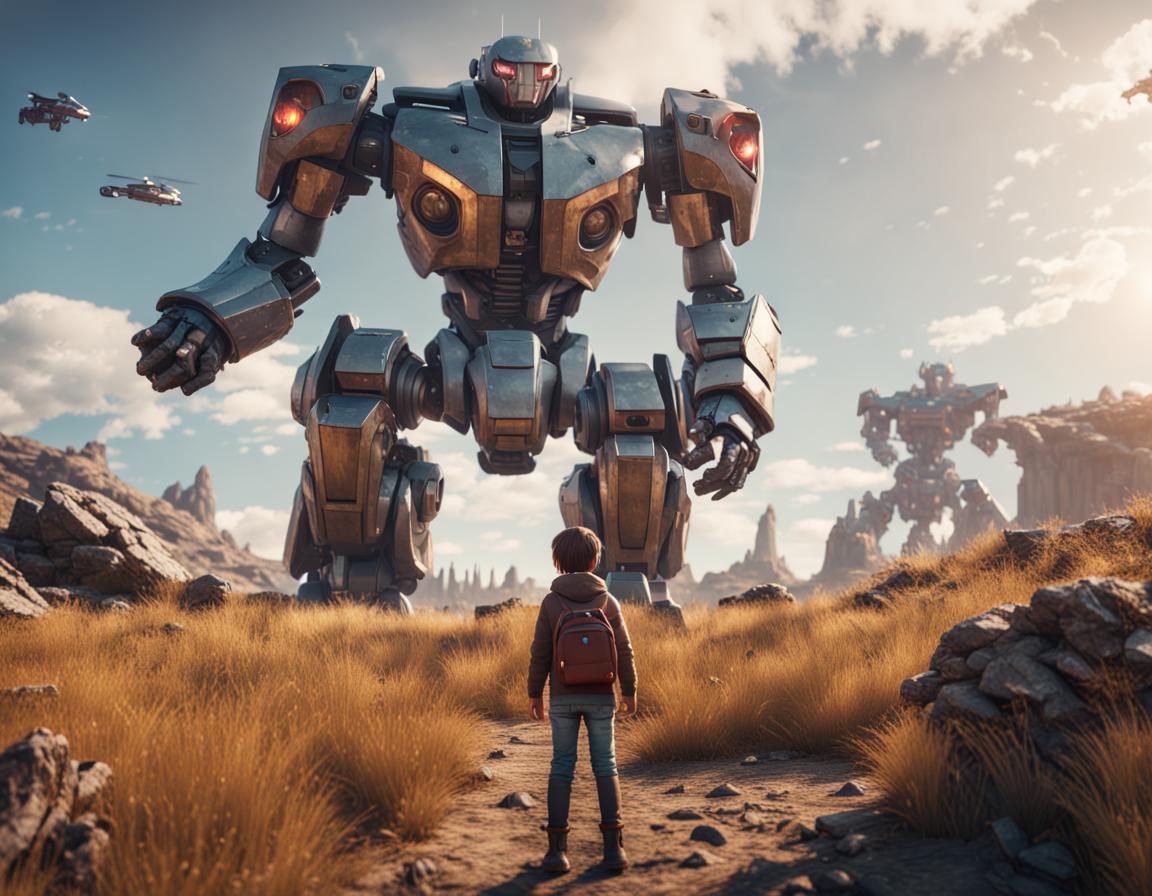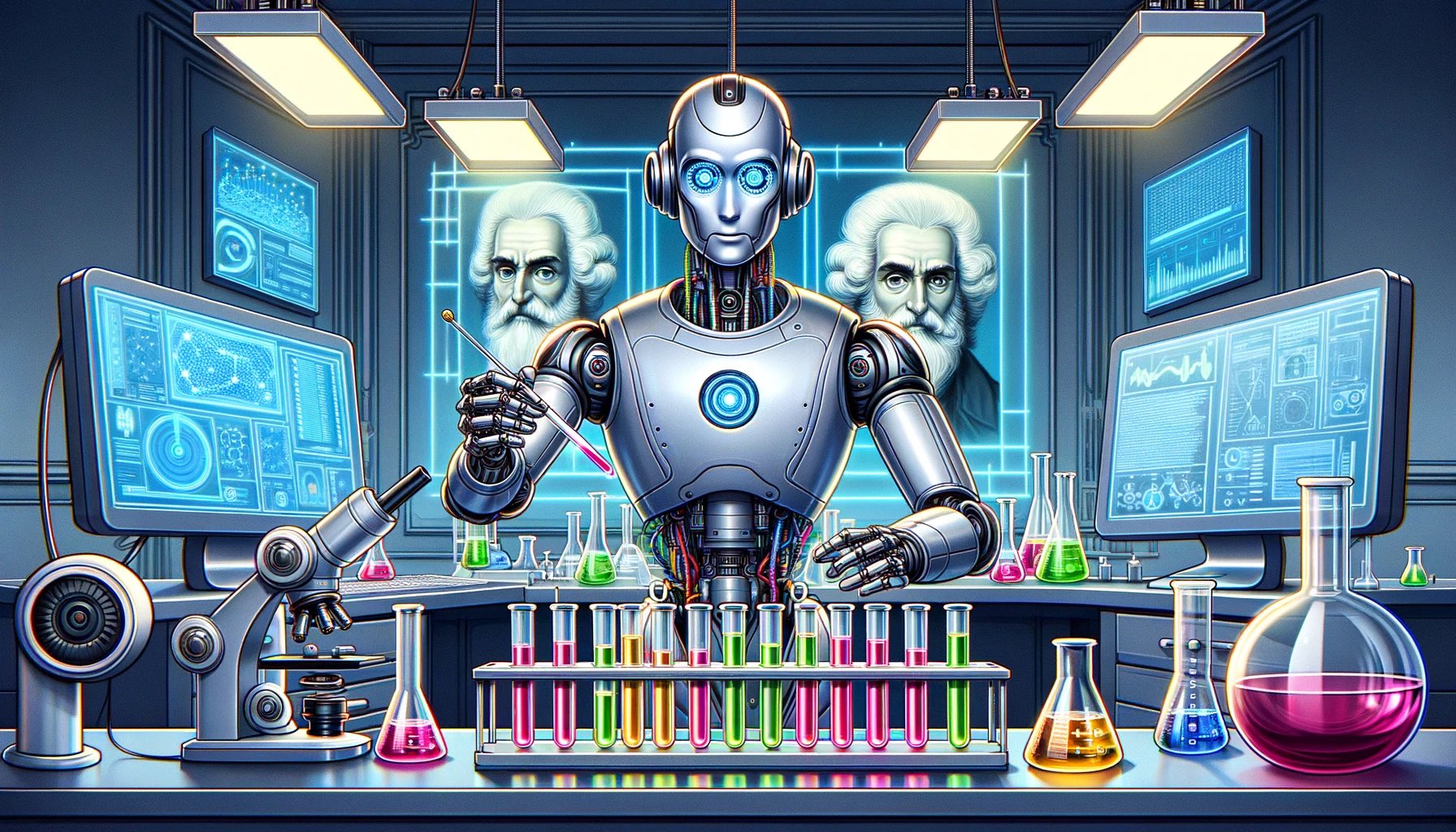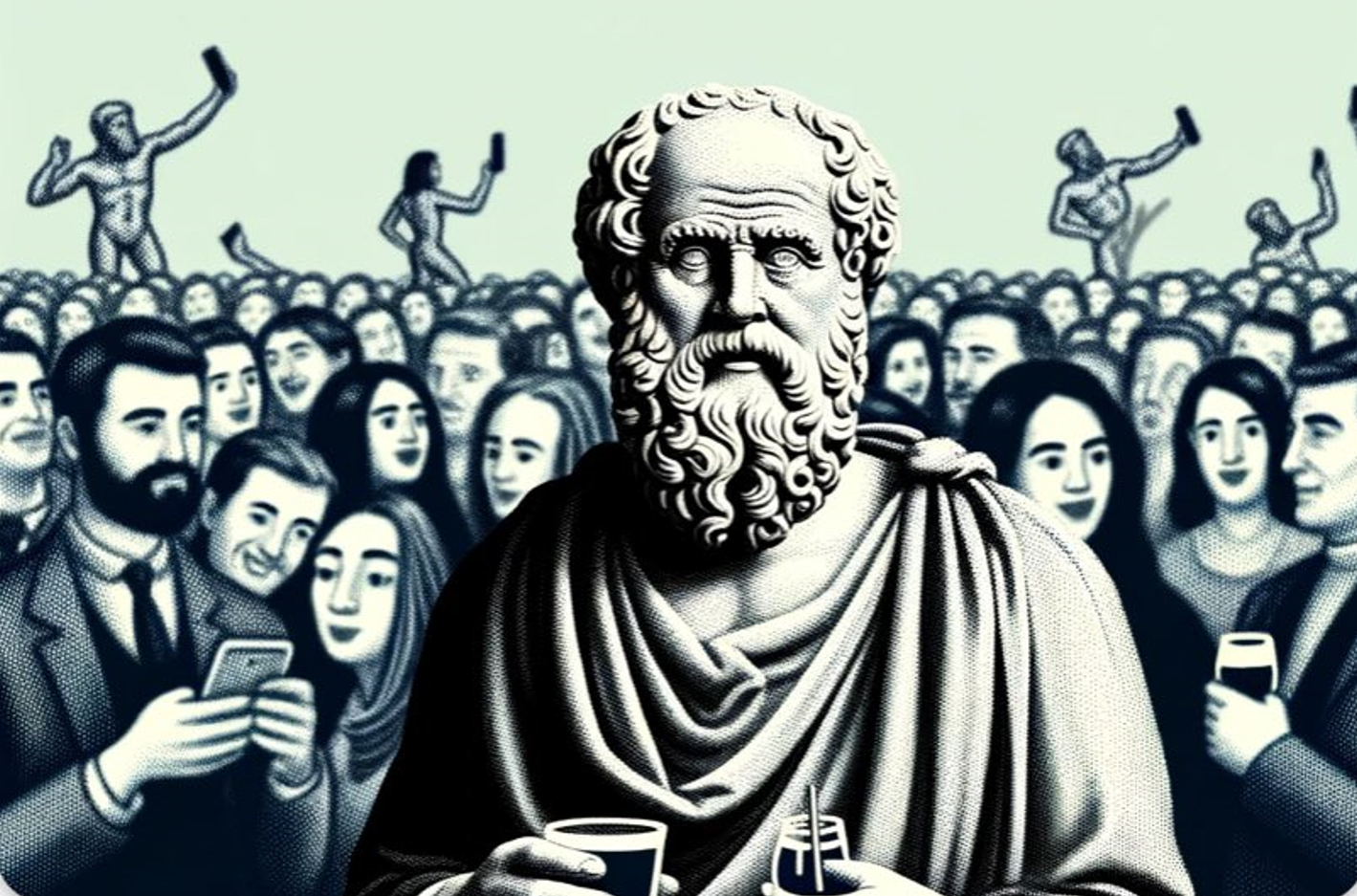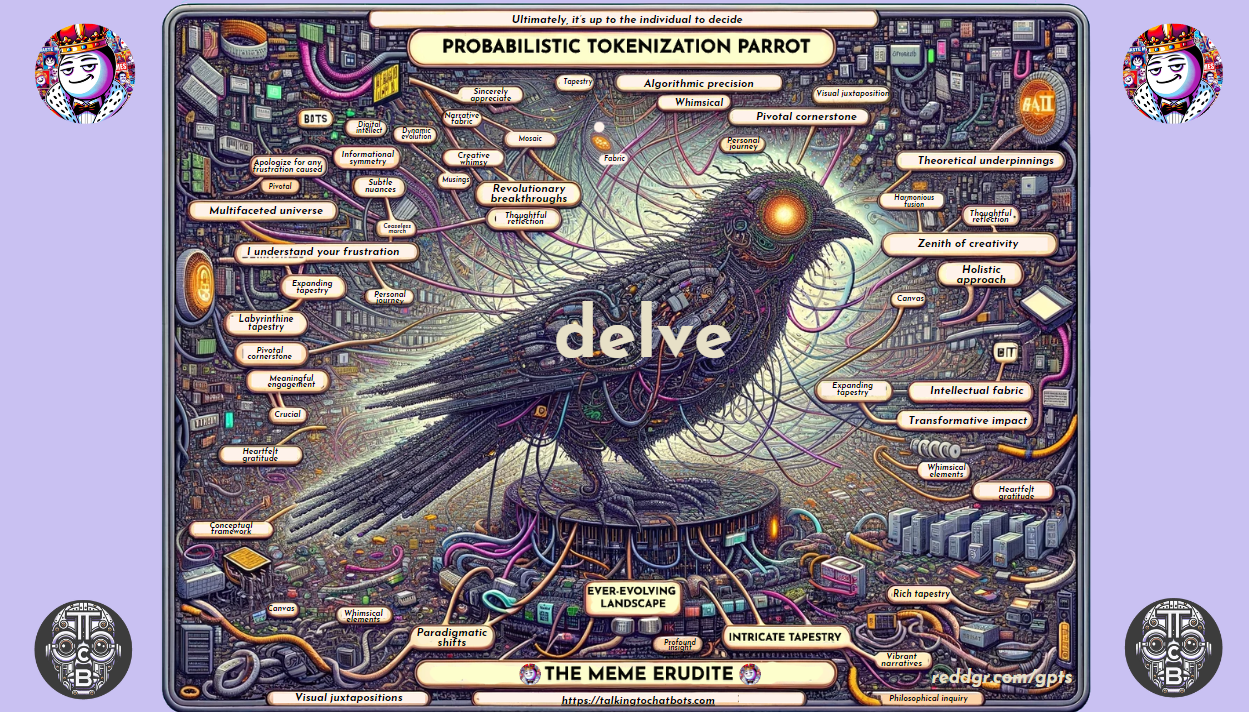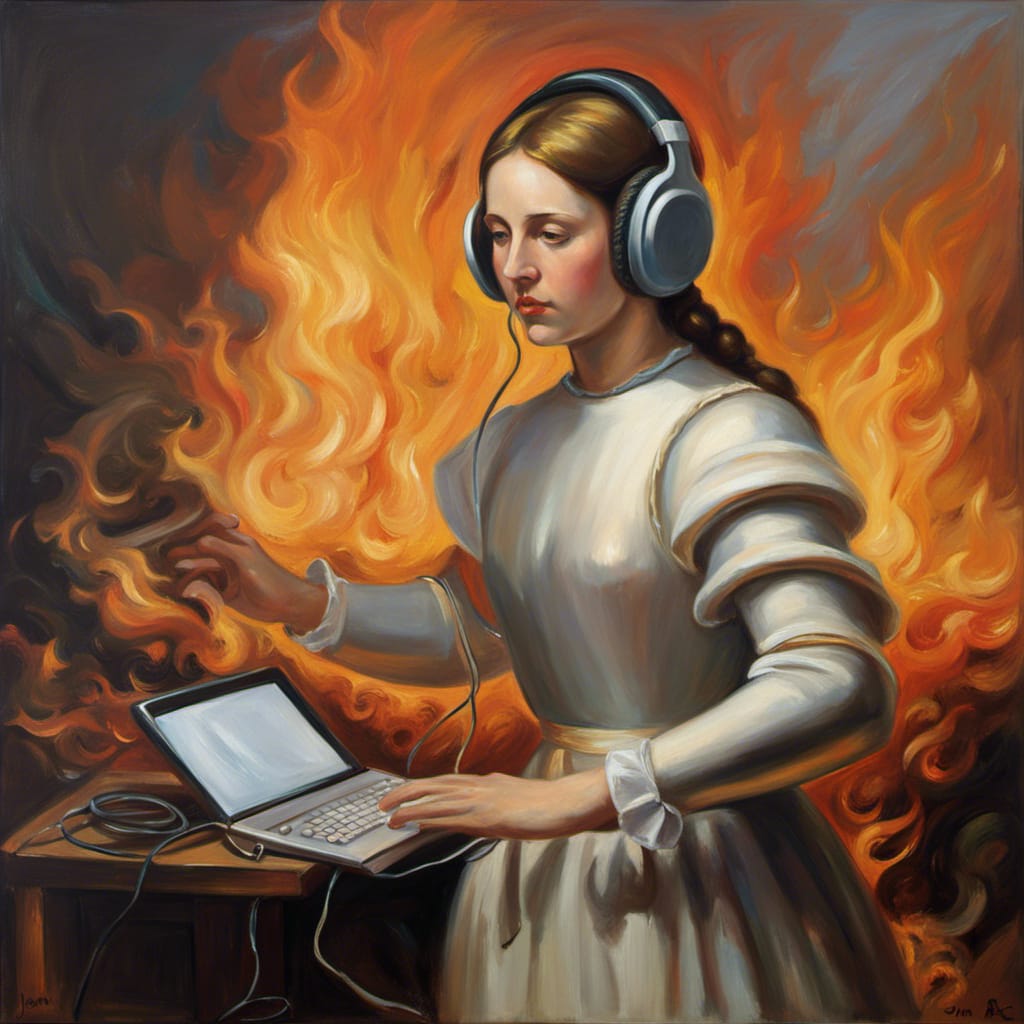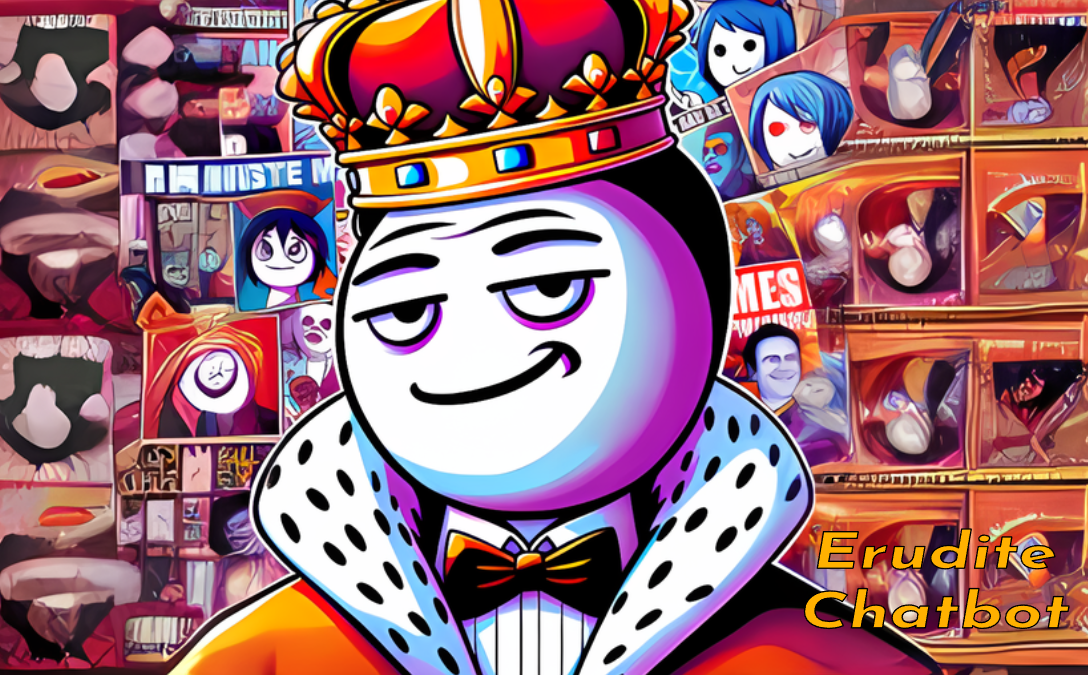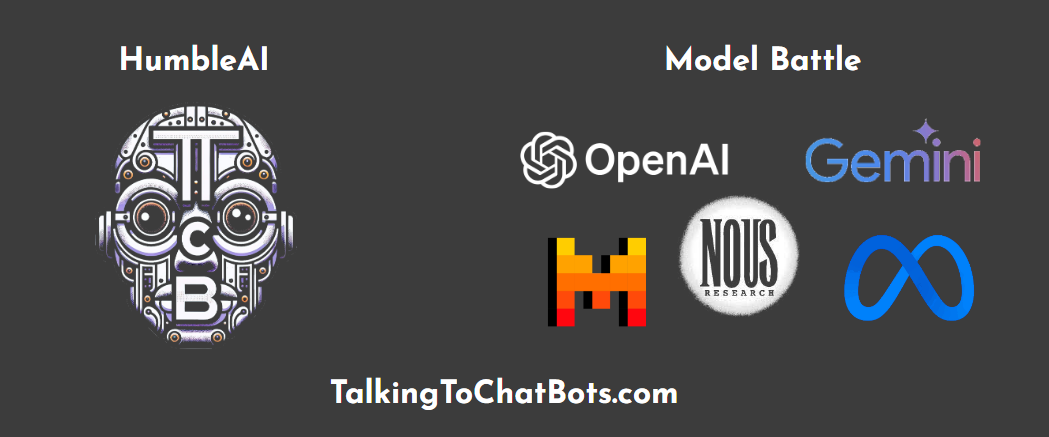Is my Opinion Humble? SCBN Chatbot Battle
🌱 Themes: Philosophy and Personal Development 🤖 Chatbots: Bard, ChatGPT, HuggingChat ⚙️ Prompt engineering: Conceptual Questions, LLM Analysis 🔗 Related: [Polite Rap Songs: HUMBLE, by Kendrick Lamar] [SCBN chatbot battles intro] [ X.com post] Chatbot Battle: Is my Opinion Humble? Chatbot Rank (SCBN) Specificity Coherency Brevity Novelty Link Bard 🥇 Winner 🤖🤖🕹️ 🤖🤖🕹️ 🤖🤖🕹️ 🤖🤖🤖 View Chat ChatGPT 🥈 Runner-up 🤖🤖🕹️ 🤖🤖🕹️ 🤖🤖🕹️ 🤖🤖🕹️ View Chat HuggingChat 🥉 Contender 🤖🤖🕹️ 🤖🕹️🕹️ 🤖🕹️🕹️ 🤖🤖🕹️ View Chat ✍️ Sharing mixed answers from Bard, and ChatGPT, including two additional chats where I confronted each other to identify their own texts as human-written or likely LLM-written. 😎 Is my …

